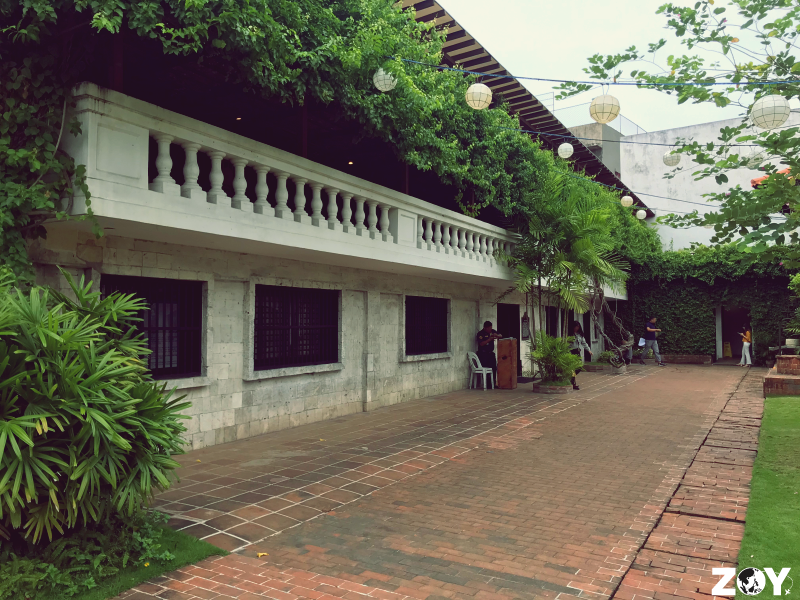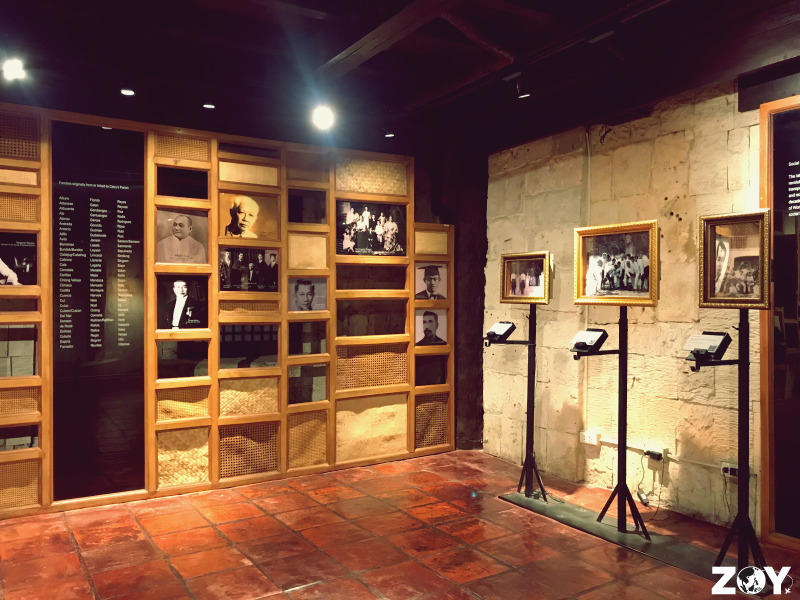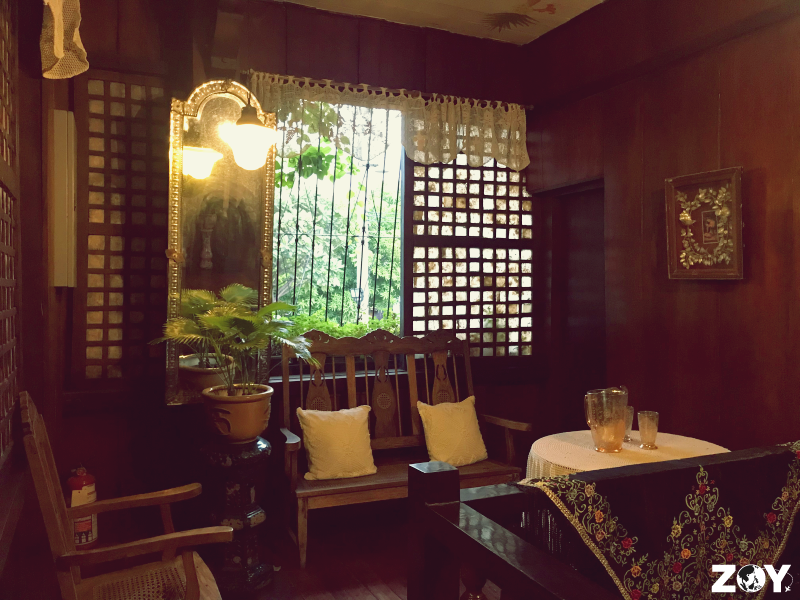Musing in Museums: Casa Gorordo Museum (Cebu City)
Dining Table at Casa Gorordo Museum
Even though the lockdown period has been eased since the start of the month, it will take some time for me to gather content for future articles. As I’ve been doing since May, I’m just relying on stock content and fortunately, it will last me the entire month. On July, I plan to take a break from blogging. But I have an idea that’s brewing in my mind so I might break the break. LOL. Let’s see.
Anyway, I’ve been writing mostly about places abroad in the past weeks. Since I started last week, I’m still going local and will do throwback articles on Cebu until the end of June. So here you go…
Founded in 1565, Cebu City is the oldest city in the country. While it has been experiencing a lot of development, it has retained its old charm, preserving many heritage sites such as Fort San Pedro and the iconic Magellan’s Cross. So if you’re a history buff like me, you’ll enjoy the city! (By the way, don’t forget to check out my history tour of Cebu City here.)
And you’ll definitely love the Parian (or Pari-an) District, which is home to ancestral houses turned museums…that are just walking distance to each other! I visited two: The Yap-Sandiego Ancestral House and the subject of this article, Casa Gorordo Museum. (The Parian are districts where the Spanish authorities designate the Chinese.)
Casa Gorordo Museum
Formerly the ancestral house of the Gorordo family, the Casa Gorordo Museum showcases the lifestyle of the family and the Cebuano culture. It was bought by the Ramon Aboitiz Foundation, Inc. (RAFI) in the 1980 and was opened to the public as a museum three years later. It is also housed in a balay nga tisa (house with tiled roof), with an architecture that mixes Chinese, Spanish, and native influences.
A gallery that features Cebu’s history, as well as prominent Cebuanos
Here are 5 things that I liked about the museum:
1. A/V Presentation and Guided Tours
I believe that the future of museums is heading towards an interactive and multi-sensory experience. I’m glad that Casa Gorordo Museum is on that direction (the A/V presentation is an example), though it can certainly be improved.
What I also like about the museum is that its admission fee already includes a guided tour (in some museums abroad, you have to pay an additional fee). I like guided tours because it gives me additional information that I won’t definitely get if I toured the museum by myself. Moreover, I get to ask questions.
2. The House Itself (and The Stories That Come With It)
The museum used to be the home of Isidro Gorordo. Four generations of Gorordos lived there, including Juan Gorordo, the first Filipino bishop of Cebu.
One of the Bedrooms
My favorite part of the house is the place where the family entertains the suitors of their female members. The traditional process of courtship is interesting. The man will start by serenading from the outside, sometimes with the help of musicians (this is called the harana part). If the woman is interested, the man will be asked to go up the house (that’s why we have to Tagalog expression “akyat (go up) ng ligaw (courtship)” (the word combination doesn’t make sense in English but you get the idea). Otherwise, she will just close the window. If the potential suitor still annoyingly insists, she can throw a pitcher of water or worse, pee. LOL.
The area where suitors were entertained
If the man was asked to come inside, he will be “interrogated” by the mother at the area shown in the photo above. So where was the father during the interrogation? He was listening from the room beside. I hope he doesn’t have a gun! LOL. (I’m not sure if this is just the family’s or Cebuano tradition. But I believe it’s not the case for every household. Please correct me if I’m wrong.)
3. The Miniature Automobiles and Furnitures
I love anything miniature! So when I saw that there’s a display of miniature automobiles and furnitures, I instantly got fascinated.
Miniature Furnitures. I think they are patterned after the house’s furnitures.
Below is the old Visayan (the region of Cebu) version of the Jeepney (or Jeep), which is the primary mode of public transportation across the Philippines. (Nowadays, passengers are seated across one another face-to-face. That’s why jeepneys are still not allowed in the new normal. Maybe a return to the old Visayan model can work nowadays. But that will take a lot of reconfigurations.)
The Visayan Jeep of the Past
4. The Souvenir Store and Cafe
At the end of the tour, visitors will be asked to exit through a souvenir store and a cafe. If you want to break away from the typical mass-produced souvenirs like keychains and ref magnets, then the store has high-quality alternatives for you.
The Souvenir Store
After shopping, take a bite of their cakes and sip on some hot chocolate before leaving the museum premises.
At the Cafe
5. Free Souvenir! (Or Did I Pay for It? LOL.)
The admission fee doesn’t only include a guided tour but also a keychain to take home with you! You’ll definitely remember your visit to Casa Gorordo Museum.
Casa Gorordo Museum is one of my favorite heritage sites in the Cebu City. It’s a good way to learn about the Cebuano culture of the past. I highly recommend a visit here if you’re touring the Queen City of the South.
Have you visited Casa Gorordo Museum? How was your experience? Comment them below!
Address: Don Eduardo Aboitiz St. (formerly Lopez Jaena St.), Brgy. Tinago, Cebu City | Operating Hours: Daily, 9AM-5PM | Admission Fees: P120 (inc. of guided tour and a souvenir); 20% discount is offered to senior citizens, college students, and high school students of all nationalities | Facebook | Website









